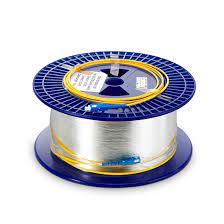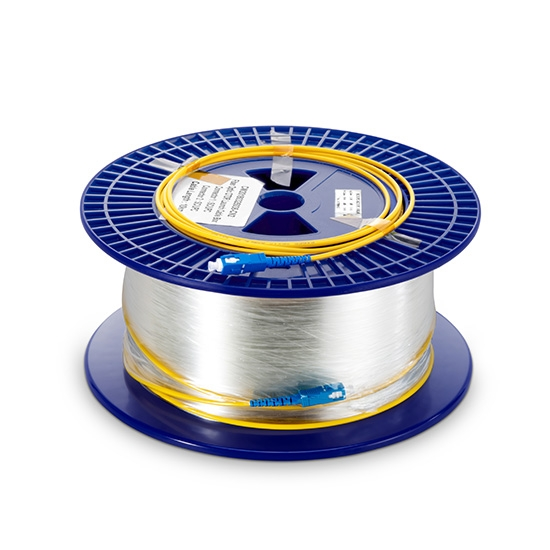There are several kinds of optical fibers. When checking the goods, it is messy. After checking for a long time, I am afraid of making mistakes. In order to let customers know more about optical cables, briefly summarize the differences of common optical cables.
Fiber optic cables are manufactured to meet optical, mechanical or environmental performance specifications. It is a communication cable assembly that can be used individually or in groups. Active optical cable is the main transmission tool of various information networks in society.
Optical Cables consist of core, coating, and jacket.
Core: higher refractive index, used for light transmission;
Coating: reduce the refractive index and form a state of total reflection with the fiber core;
Jacket: High strength, can withstand greater impact, protect the fiber.
Common optical fibers and their differences:
G652: Standard single-mode fiber with zero dispersion point at 1300nm, divided into G652A, B, C, D. The main difference is PMD. Its characteristic is that the fiber dispersion is very small when the working wavelength is 1300nm, and the system transmission distance is only limited by the loss;
G657A: Available in D, E, S, C and L5 bands. It can work in the entire operating wavelength range of 1260-1625nm. With excellent bending performance, the technical requirements of geometric dimensions are more accurate;
G655: Non-Zero Dispersion Shifted Fiber (NZ-DSF) includes 655A, B, C; the main feature is that the dispersion at 1550nm is close to zero, not zero. It is an improved dispersion-shifted fiber that suppresses four-wave mixing;
G654: Ultra-low loss optical fiber, mainly used for transoceanic optical cables. The ordinary core is pure SiO2, and the ordinary core needs to be doped with germanium. The loss near 1550nm is the smallest, only 0.185dB/km, and the dispersion is large, about 17-20 ps/(nm·km), but the dispersion is zero in the 1300nm wavelength region.
From the above we can see their differences in fiber type, dispersion and loss.
Post time: Sep-24-2022



